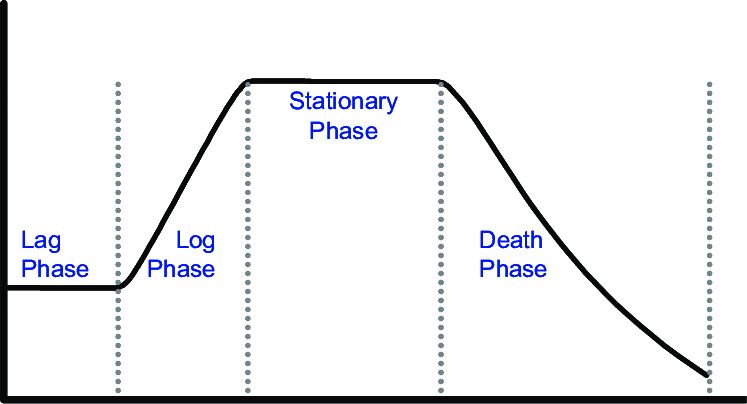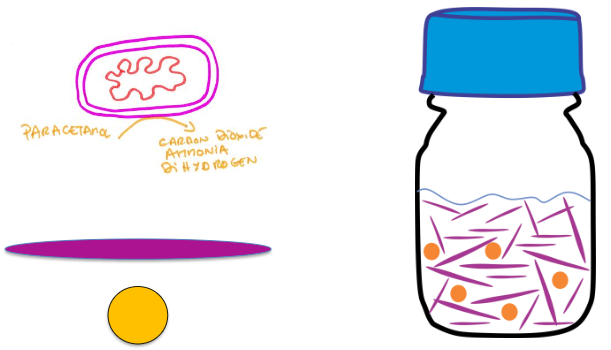


Paracetamol/Calpol in the Environment
- Girls in Physics, University of Glasgow, January 2020
- Glasgow Science Festival, February 2019
Have you ever wondered what happens to medicines after you consume them?
Have you ever thought about where they end up?
Would you be surprised to know that a percentage of the compound is excreted unchanged?
Would it worry you to hear that this has detrimental consequences?
Take paracetamol for example, better known as Calpol if you are a kid. We take this to fix many ailments: a sore head, a sore stomach, or to take the edge off a cold. As a painkiller, it is a staple of our medicine cupboards. When consumed, some of the parent compound is used to fix these ailments, but a percentage (around 5%) is excreted into the toilet unchanged (through faeces and urine).
This then travels through the sewers to wastewater treatment plants where the treatment processes are insufficient at removing these compounds fully and so they are released into the environment. This has serious consequences, including an increase in antimicrobial resistance, which will create bigger problems for humans in the future. Therefore, it is imperative that we don’t add to this problem, by flushing unused medication down the toilet.
Therefore, to spread this message to the wider public, we run an event called “Paracetamol in the Environment”, and when aimed at children, ‘Calpol in the Environment”. We use the activity to demonstrate how pharmaceuticals end up in the environment, what negative effects they bring, and how we can harbour microbes to degrade specific compounds. The take home message being “not to flush unused medication down the toilet, but to return it to a pharmacy”.
Molymod kits are used to form a paracetamol molecule, which we then ask to be physically broken down by the participants, to form ‘less harmful’ products: CO2, NH3 and H2, forming a ‘balanced chemical’ equation: C8H9NO2 + 7O2 → 8CO2 + 1NH3 + 3H2.
Microbes can be used to remove pharmaceuticals from water sources and the environment. Microbes grow by binary fission; and thus to illustrate this, we then ask participants to use Lego bricks to form a 3D chart of the log, stationary and death phases of microbial growth.
To then show that only specific microbes can be used to degrade specific compounds, we show the participants a picture of the key microbes required for paracetamol degradation. We then ask them to pick out the microbes, from a Duran bottle, which will degrade paracetamol, and discard the rest.
This activity has been ran at the Glasgow Science Festival in February 2019; aimed at children, and again at the Girls in Physics event in January 2020; aimed at high school pupils. Both events have been a success; with children and pupils interacting well, engaging with the activity and asking questions about other pharmaceutical products. We have reached over 500 children and pupils and hope to continue with this event to spread the word to a larger audience.